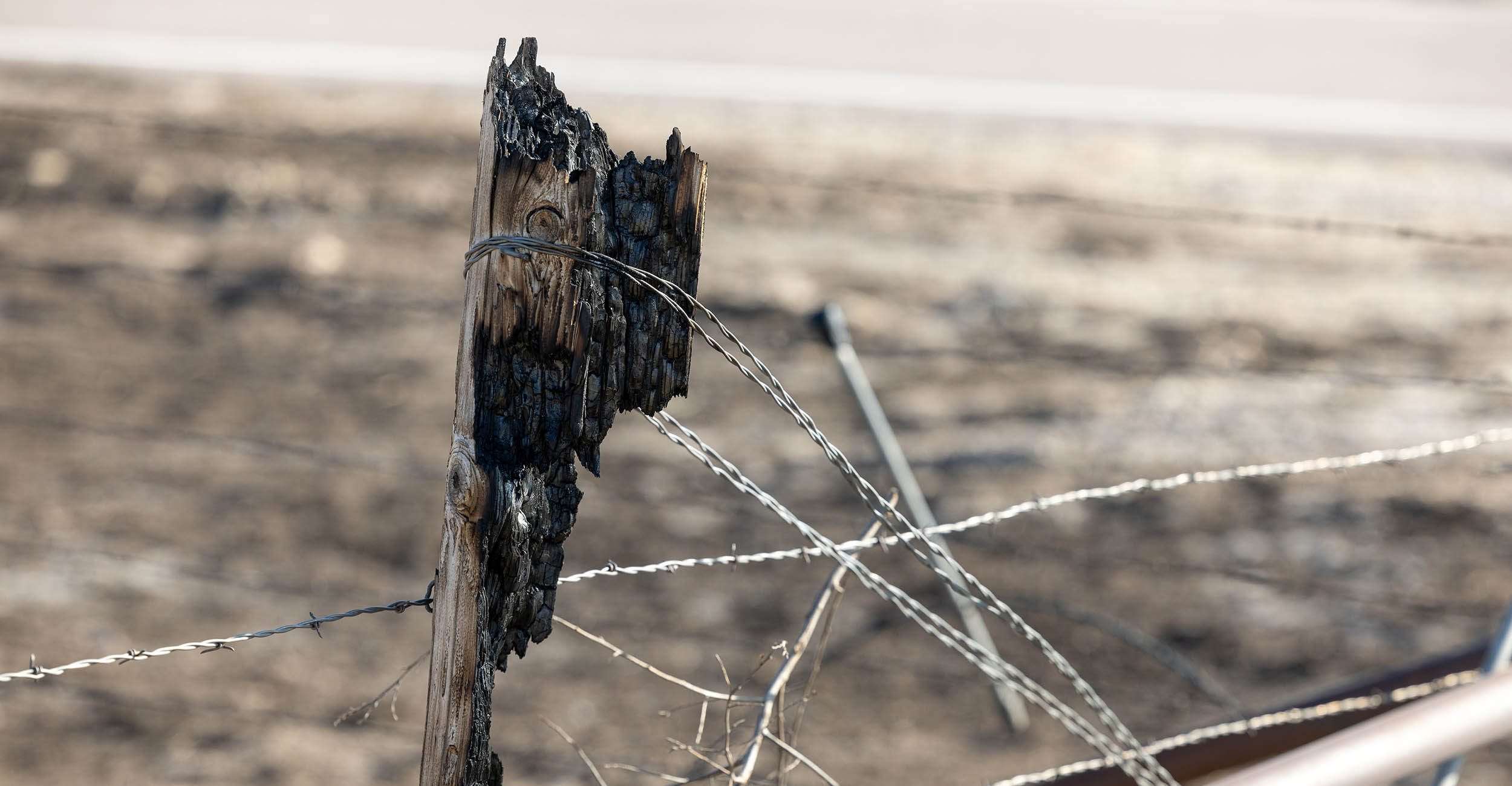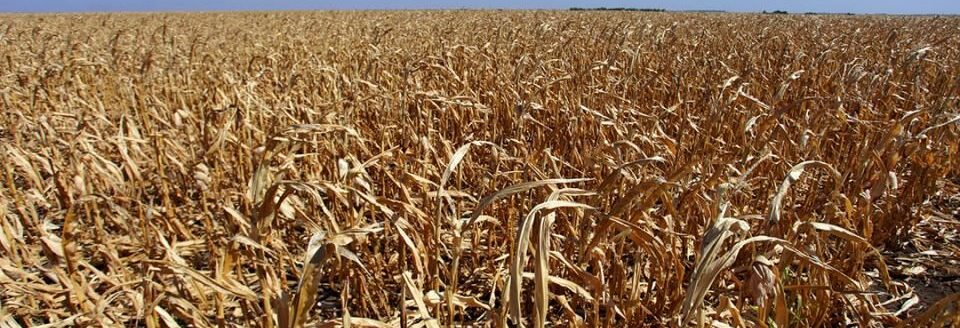Documenting disaster is an important action item

The deadly wildfires that swept across the Texas Panhandle and Oklahoma in late February and early March burned more than a million acres of rangeland and killed thousands of cattle. That disaster was a painful reminder of the catastrophic risks that are part of life for farmers and ranchers.
In 2023, major disasters and severe weather caused more than $21 billion in crop losses across the United States, the American Farm Bureau Federation recently reported. These estimates don’t include infrastructure damage, livestock losses, complete horticulture crop losses or timber losses.
It’s clear that High Plains farms and ranches are especially susceptible to weather disasters, as shown by AFBF maps. Among the highest damages:
- Texas suffered the most significant hit in the U.S. for the second year in a row, with more than $4.8 billion in incurred losses, AFBF noted. These were primarily made up of $2.3 billion in damages to cotton, $1.5 billion in damages to forage and rangeland and $408 million in wheat damage. Nearly 80% of Texas losses were attributed to widespread exceptional drought conditions; the other 20% was linked to Tropical Storm Harold, flooding and hailstorms.
- Kansas ranked second with more than $3.04 billion in losses, mainly from drought conditions and hailstorms.
- Nebraska’s losses totaled more than $1.3 billion, with more than $900 million linked to drought and $250 million to hailstorms in May.
- Oklahoma saw more than $1.1 billion in crop losses from 2023 major disasters and severe weather.
Aftermath action
I’ve written before about the need to develop a disaster plan to prepare your farm, livestock operation or processing facility for wildfire, wind, hail, snowstorms or drought, but knowing what to do in the hours and days immediately after you’ve been hit by severe weather or a natural disaster is also vital. Quick actions can ensure you get the insurance payout, emergency relief funding and other assistance in a timely manner to help your business recover and rebuild.
Keep these post-disaster tips in mind:
1. Capture the images. One of your first lines of defense is documenting the evidence. As soon as possible, take photos and videos of the damage to your farm or facility. You should already have a file of photos and video of your farm or plant as it looks today, so you can compare before-and-after appearances. Include images of affected livestock, machinery, buildings and other key structures.
2. Record the damages. Note clearly when and where the damage occurred. Jot down what type of event caused it, such as excessive wind, hail, lightning or tornado. Describe the impact on crops, livestock, land, feed, bins, barns, buildings and equipment. If you can, get the serial numbers from damaged tractors or other machinery.
3. Act quickly. The U.S. Department of Agriculture offers several disaster assistance programs to help farmers, ranchers, communities and businesses hit hard by natural disaster events. For example, its Livestock Forage Disaster Program provides compensation to eligible livestock producers who have suffered grazing losses due to drought or fire. Farmers.gov is another source of protection and recovery programs. Don’t delay in contacting government agencies or contractors following a crisis. More than likely, they’ll be busy collecting damage and loss information from others who have suffered similar damages. Remain polite during the process and keep track of your calls or emails to them.
4. Communicate to your CPA as well. He or she can use the information you have gathered to navigate the tax side of the catastrophe. There are very specific rules, and often complicated rules, regarding the recognition of gain and length of time to replace damaged property.
5. Prepare for future disasters. After the catastrophic event has passed, review your disaster emergency plan. Take a critical look at your agricultural operation. Discuss with family members and employees what worked and what didn’t during the disaster. Determine areas that need improvement. Make sure your insurance policies offer adequate coverage. Disasters are unpredictable, but being better prepared can make a big difference the next time around.


Editor’s note: Maxson Irsik, a certified public accountant, advises owners of professionally managed agribusinesses and family-owned ranches on ways to achieve their goals. Whether an owner’s goal is to expand and grow the business, discover and leverage core competencies or protect the current owners’ legacy through careful structuring and estate planning, Irsik applies his experience working on and running his own family’s farm to find innovative ways to make it a reality. Contact him at [email protected].



